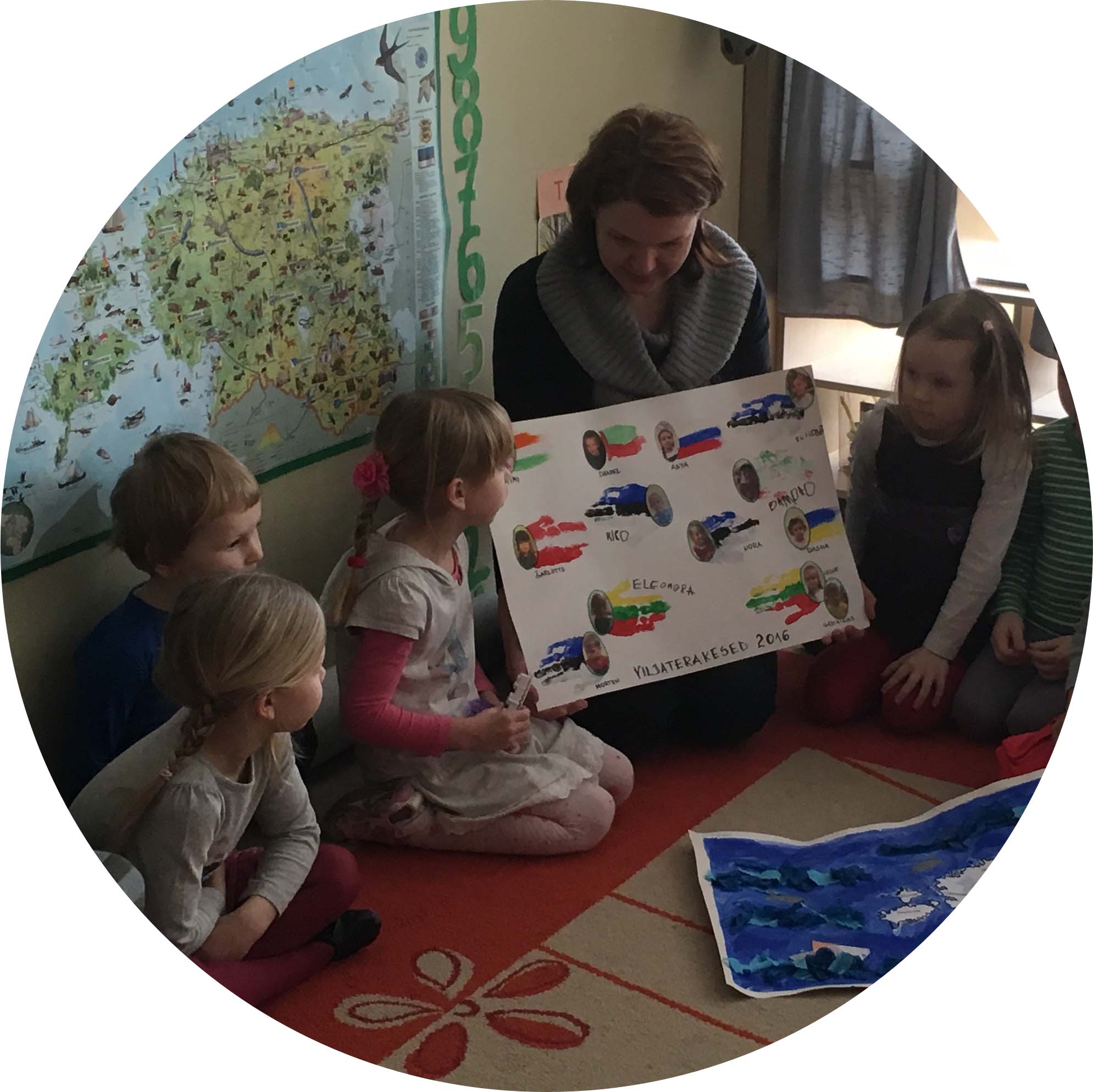Reggio Emilia approach
Our approach is inspired by the Reggio Emilia educational philosophy founded by Loris Malaguzzi.
Reggio Emilia is a town in northern Italy where a unique approach to early childhood education was established after World War II.
Main principles


Children are creative, curious and capable of constructing their own learning.
Children have a hundred languages to express their ideas, thoughts and emotions.
Children learn through collaboration and communication with other children and adults.
Creative process is an effective learning experience.
The interests of children guide the curriculum.
The role of an adult is to act as a mentor and a guide.
Parents are active partners in the child’s learning process.
Environment is the third teacher: children need inspiring orderly spaces to help them learn.
Documenting children’s work helps to understand and guide the learning process better.
